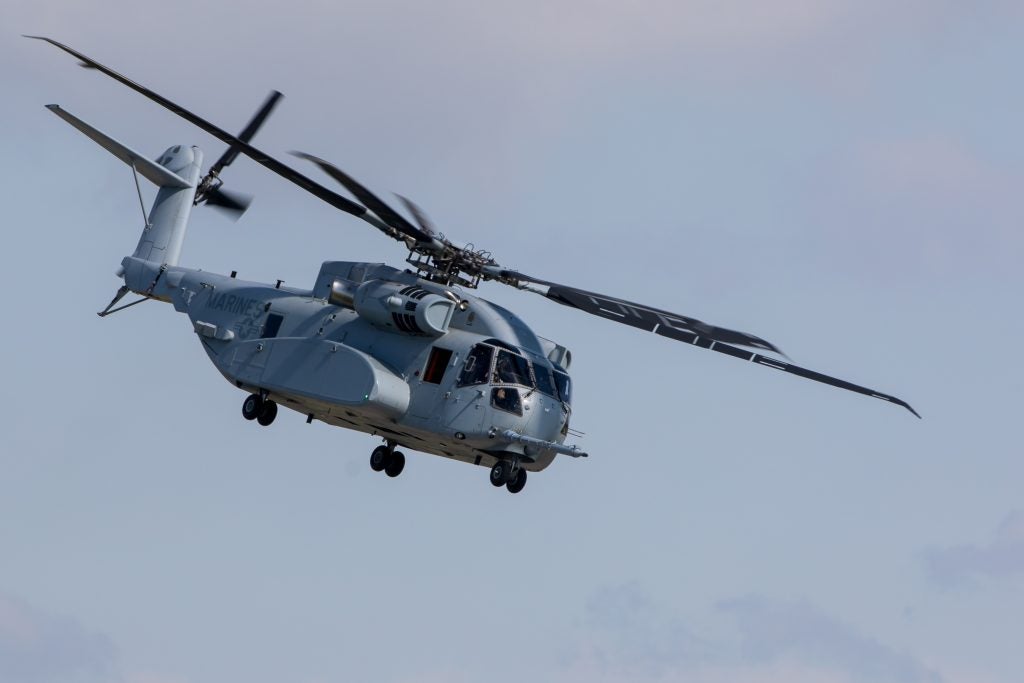USMC CH-53E Fleet Sees Readiness Rate Increase
As the CH-53K King Stallion sees continued delays in development, the Marine Corps’ heavy lift mainstay is seeing readiness rates at their highest in decades. The Marines’ 142 CH-53E Sea Stallions are slated to be replaced by some 200 King Stallions, but as recently as 2016 it was unclear if the existing fleet would be able to make it through the proposed transition period.

The CH-53E fleet has, in recent years, been one of the most accident prone in either the Navy or Marine Corps’ inventory. In the 2018 Marine Aviation Plan, put out by the USMC, the first problem identified was that readiness was below steady-state requirements across the board. This meant that no aircraft in the USMC inventory could be relied upon to be at necessary force levels in the event of a surge situation, where more aircraft than usual would be required.
This weakness, especially on the part of the heavy lift fleet, was due in large part to the semi-permanent forward basing of assets in Iraq and Afghanistan. Crews would rotate in and out of theater on their regular schedules, but the CH-53Es would be left behind, ready—or not as the case may have been—for the next squadron to operate them. The need for the heavy lift capability was so heavy that long-term maintenance was often deferred until something critical broke and the airframe could no longer fly at all.
This has changed over the last year. The USMC initiated a ‘reset’, aimed at bringing the aging CH-53Es back to full readiness. This means full depot level maintenance for every Sea Stallion, stripping them down the bones and building them back up again. Problems that have been either missed or ignored are finally getting fixed, and its working. Squadrons are reporting better than 90% readiness month to month, as opposed to estimates of as low as 20-30% just a few years ago.

So far 22 of a 141 planned ‘resets’ have been completed, with completion of the rest of the fleet expected by 2026. Another round of fleet-wide deep maintenance may be required to keep the CH-53Es flying through 2031, their expected retirement date, but it is unclear at this time. The first CH-53K squadron is slated to reach IOC by the end of 2019.

